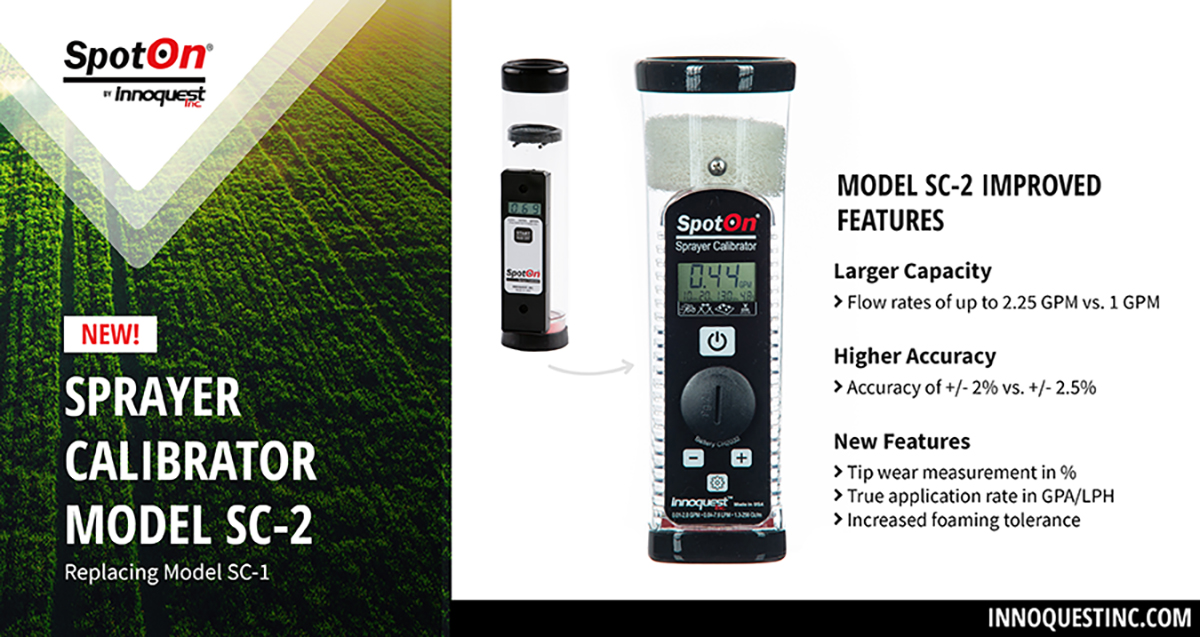Field Tests Seek Optimal Weed Control Methods For Herbicide-Resistant Soybeans
As the cost and scale of farming operations have increased, so has the usage of herbicide-resistant crops. These crops provide a weed management tool to meet the needs of modern agriculture. A corresponding decrease has been noted in the use of soil-applied herbicides that farmers have relied on heavily in recent decades. Because weed species are developing resistance to herbicides, changes in our weed control methods are warranted.
Reliance on soil-applied herbicides has declined since the introduction of glyphosate-resistant soybeans in 1996 and glufosinate-resistant soybeans in 2009. The number of active ingredients and herbicide modes of action within a growing season have declined in soybean production, along with the total number of herbicide applications.
As glyphosate use has continued, weeds have also developed glyphosate resistance. In the U.S., 13 weed species are now resistant to glyphosate, including Palmer amaranth, waterhemp, and giant ragweed. These weed biotypes affect most soybean and corn production in this country. Methods of weed control are needed that do not lead to more resistant weed biotypes yet have minimal impact on crop yields.
The journal Weed Technology reports on a field experiment conducted in two mid-Missouri counties in 2010 and 2011. Herbicide programs for the management of summer annual grass and broadleaf weeds were tested in soybeans resistant to 2,4-D and glufosinate herbicides. This study compared several treatments of herbicides that contain glufosinate plus 2,4-D: a pre-emergence treatment followed by a post-emergence treatment, a two-pass post-emergence treatment, a one-pass post-emergence residual treatment, and a one-pass late post-emergence treatment.
The two-pass treatments resulted in the highest levels of weed control at 90 percent. The one-pass treatments showed up to 59 percent less control than the 2 pass treatments. In 2,4-D-resistant soybeans, two treatment methods show enhanced control of common waterhemp: a pre-emergence followed by post-emergence treatment, and a two-pass post-emergence herbicide program that incorporate 2,4-D amine with glufosinate. These methods provide better control than glufosinate alone, and they offer similar levels of control of other summer annual grass and broadleaf weeds. Soybean yields were not statistically different among the various sites and treatments.
Read the full article “Influence of Herbicide Programs on Weed Management in Soybean with Resistance to Glufosinate and 2,4”.






